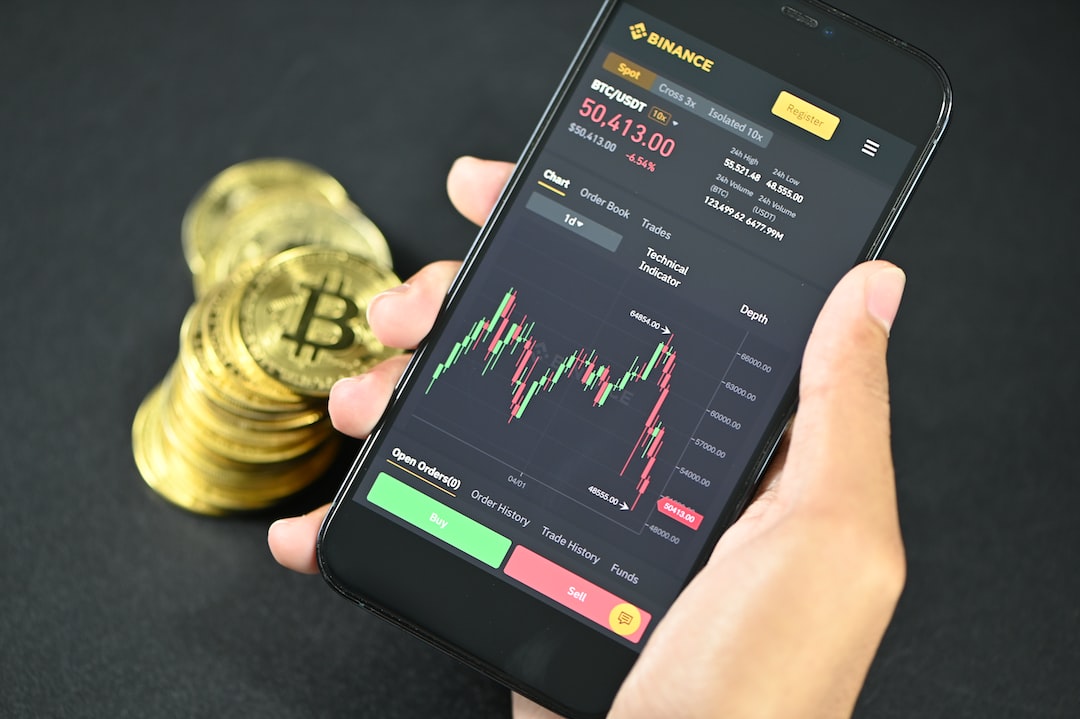The Bias for Shorting Volatility in the Crypto Market
A lot of market chatter revolves around an impending volatility explosion in bitcoin (BTC), but some crypto traders still prefer shorting volatility. Bitcoin has been trading in a relatively narrow range since July 24, and key metrics measuring volatility have hit multiyear lows. While some traders anticipate sudden price turbulence and consider buying BTC call or put options, others suggest taking a short trade. Shorting volatility involves selling or writing call or put options, which is preferred when volatility metrics appear rich relative to historical standards. Despite low realized and implied volatility, the lack of catalysts for price moves and the greater implied volatility provide an opportunity to profit from shorting volatility. However, shorting volatility carries risks and requires capital and expertise. One way to mitigate the risks is to purchase out-of-the-money options if and when the market moves.
Key Points:
- Bitcoin has been trading in a narrow range since July 24, with low price volatility.
- Some traders anticipate sudden price turbulence and consider buying BTC call or put options.
- Others suggest taking a short trade and shorting volatility.
- Shorting volatility involves selling or writing call or put options.
- Shorting volatility carries risks and requires capital and expertise.
Hot Take:
Despite the anticipation of a volatility explosion, some crypto traders still prefer shorting volatility in the current market conditions. While there are risks involved, shorting volatility can be a profitable strategy when volatility metrics appear rich relative to historical standards. However, traders must be cautious and have sufficient capital and expertise. Overall, shorting volatility provides an opportunity to profit from the lack of catalysts for price moves and the greater implied volatility in the crypto market.





 By
By
 By
By
 By
By
 By
By
 By
By
 By
By